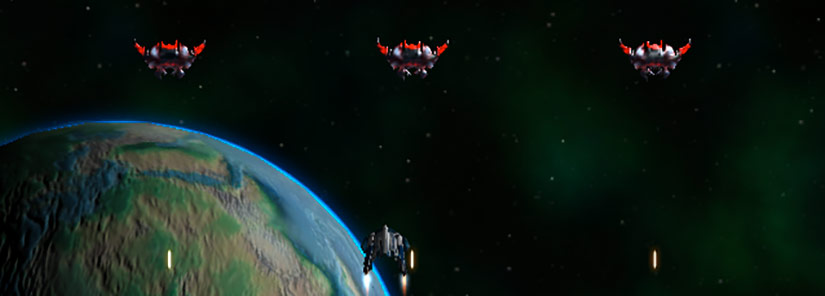What Does a Good Game Development Portfolio Look Like?
Fancy a career in game development or game design? If so, do you see yourself setting the indie world on fire? Or maybe working in an AAA studio? Either way, you’ll need to create a portfolio to showcase your best work. You may have made the next Half Life (which would be handy, as Valve are taking their sweet time), but it’s worth nothing if nobody can see it. Putting together a Portfolio gives you the opportunity to showcase your best work but don’t forget to get it out there!
Do the research
Presenting your work in a professional and engaging manner is a skill in itself, and it can be helpful to look to established figures in the industry for inspiration. Do they accompany every portfolio piece with a detailed description of their workflow and influences? Do they delve into the technical minutiae of their work – polycounts, middleware used, scripting? Or do they just let their work do the talking?
There’s no hard-and-fast rule for this one, and you need to decide for yourself how to best present your brand and skill-set. However bear in mind that to be hired as a professional, you need to present professional-quality work. No broken, buggy games should make the cut (unless, of course, that’s the gag).
Keep it focused and keep it fun
When making a game by yourself or in a small team, it can be easy to let your creative game design vision outstrip practical reality. To avoid ove-running yourself, it’s best to keep things simple, just as Albert Shih did with his recent perspective-based puzzler Museum of Independent Technology. At the outset he honestly appraised his own abilities, and came up with a simple, engaging concept that didn’t require complex geometry or environmental texturing to execute. Stick to showing games/code/designs that play to your strengths as that’s likely to be your best gaming work.
Don’t be a lone wolf
For better or worse, the days of the lone developer hitting it big are on the decline, and most games made today are collaborative and multi-disciplinary undertakings. In response to this, there’s a demand in the industry for team-players who can work with people from diverse disciplinary backgrounds.
Of course, the great thing about this is that you’re not expected to be a jack-of-all-trades. If you’re a great programmer but artwork isn’t your thing, look for someone with a strong visual style to contribute to your project. Besides familiarising you with other elements of the production pipeline, this collaboration will also deliver a better game overall. You know this yourself – place-holder assets or wonky animations make a project look unfinished. And as Gabe Newell of Valve has said time and again, at the end of the day it all comes down to shipping a viable product.
Finding suitable people to work with may seem daunting at first, but there are plenty of sites like develteam to find your ideal collaborator. The games industry is rapidly growing and skilled practitioners are always in demand.
To find out how our course could help you to achieve your professional goals, get in touch with us or sign up directly.
As well as equipping our students with the most in-demand skills in the industry right now, our diploma course in game development aims to teach them how to effectively promote their work online. Come to our next open day and find out how we can help you to achieve your professional goals in the industry.
[openday]
Follow Us

